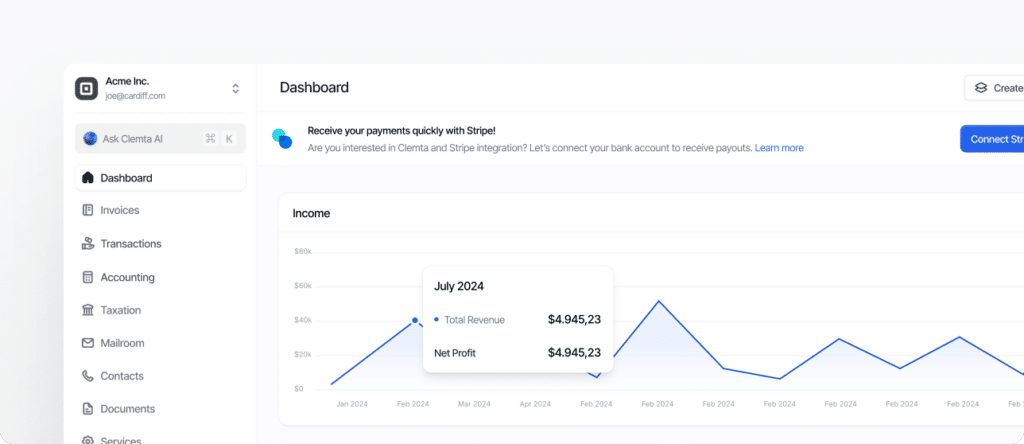A service that provides a business with a U.S. mailing address and other office-like functions (such as mail handling and business presence) without renting physical office space; commonly used by remote teams and non-U.S. founders to establish a U.S. presence and meet compliance or banking requirements.
What is a Virtual Office?
A Virtual Office is a service that allows businesses to maintain a U.S. business address and presence without leasing or operating from a physical office. It typically includes a professional mailing address, mail forwarding or scanning, and in some cases, access to meeting rooms or receptionist services. For international founders or remote teams, a virtual office provides the ability to appear locally established in the U.S. (such as in Delaware, Florida, or Wyoming) without incurring the cost of traditional office rent.
Virtual offices are often used when forming an LLC or Corporation in the U.S., especially by non-U.S. residents who need to list a U.S. business address for state filings, banking applications, EIN applications, or payment processor verifications. It’s important to distinguish that a virtual office is not the same as a Registered Agent. A Registered Agent is a legal requirement to receive service of process and state notices, while a virtual office serves as a general business or mailing address for operational purposes.
While virtual offices are convenient and accepted in most business and legal contexts, some institutions (like banks or payment gateways) may require additional verification or may not accept a virtual office as proof of physical presence. As such, it’s important to be transparent about business operations and choose a reputable virtual office provider.
In summary, a virtual office is a flexible, cost-effective way for non-resident business owners to maintain a U.S. address, present a local image, and manage correspondence without needing a full-time physical office. However, it’s best used in conjunction with other compliance practices to ensure credibility with partners, regulators, and financial institutions.

